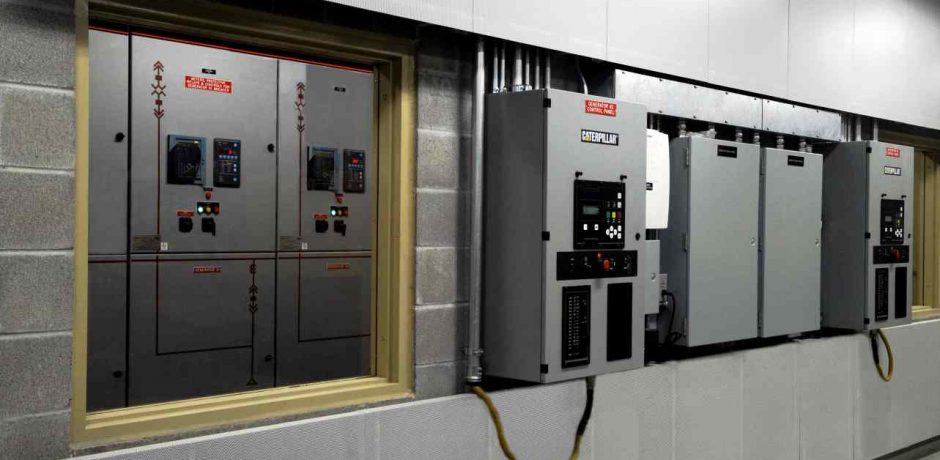Electrical Hazard Analysis
An electrical hazard analysis identifies dangers that are present in an electrical system. This starts at the building’s electrical service and continues through the electrical distribution system to the building loads, including panelboards, motors, safety switches, etc. This analysis should identify electrocution (shock) hazards, arc flash (burn) hazards and arc blast (pressure & shrapnel) hazards.
What are electrical hazards?
There are three types of electrical hazards:
- Electrocution: Electrical shock.
- Arc flash hazard: An arc is an electrical current that jumps across a gap between two conductors; static electricity and lightning are two commons examples. Arcing can produce extreme temperatures, up to 35,000°F if not immediately extinguished. This can lead to injury and equipment damage or fires. Extreme temperatures can also lead to internal injuries and poisoning such as damaged lungs when hot air or vaporized copper/aluminum is inhaled.
- Arc blast hazard: When an arc causes an extreme temperature rise, the electrical conductors can be instantly vaporized resulting in expansion up to 67,000 times in volume. This sudden expansion will cause a pressure wave capable of damaging equipment, launching shrapnel and injuring anyone near the event.
Who is required to have an electrical hazard analysis?
 A facility owner is required to provide a safe workplace. An electrical hazard analysis is required for systems that will be inspected, serviced or modified while operating at 50 volts or greater. This is common in hospitals, data centers and industrial facilities that operate 24 hours a day, 7 days a week.
A facility owner is required to provide a safe workplace. An electrical hazard analysis is required for systems that will be inspected, serviced or modified while operating at 50 volts or greater. This is common in hospitals, data centers and industrial facilities that operate 24 hours a day, 7 days a week.
- OSHA 29 CFR 1910.132(d) requires employers to assess the workplace to determine if hazards are present, or are likely to be present, which necessitate the use of personal protective equipment (PPE).
- NFPA 70E-2012, 110.1(A)(1) requires host employers to inform contract employers of known hazards related to their work and provide the information needed for proper risk assessment.
- NFPA 70E-2012, 130.5(C) requires electrical equipment such as switchboards, panelboards, industrial control panels, meter sockets, and motor control centers (in other than dwelling units) that are likely to require examination or servicing while energized to be field marked with a label containing arc flash hazard/risk, system voltage and arc flash boundaries.
This means if equipment cannot be de-energized during inspections and servicing, an electrical hazard analysis must have been performed and arc flash information shall be field marked on the equipment. If equipment can be de-energized the hazard analysis is not required; however, the owner must provide the information necessary to assess the risk. This information would include a short circuit analysis as well as breaker/fuse information needed to evaluate the time required for a fault to clear. This can typically be field gathered by the contractor; however, it may be necessary to de-energize equipment to inspect breakers and fuses to gather this information which can mean undesired outages.

